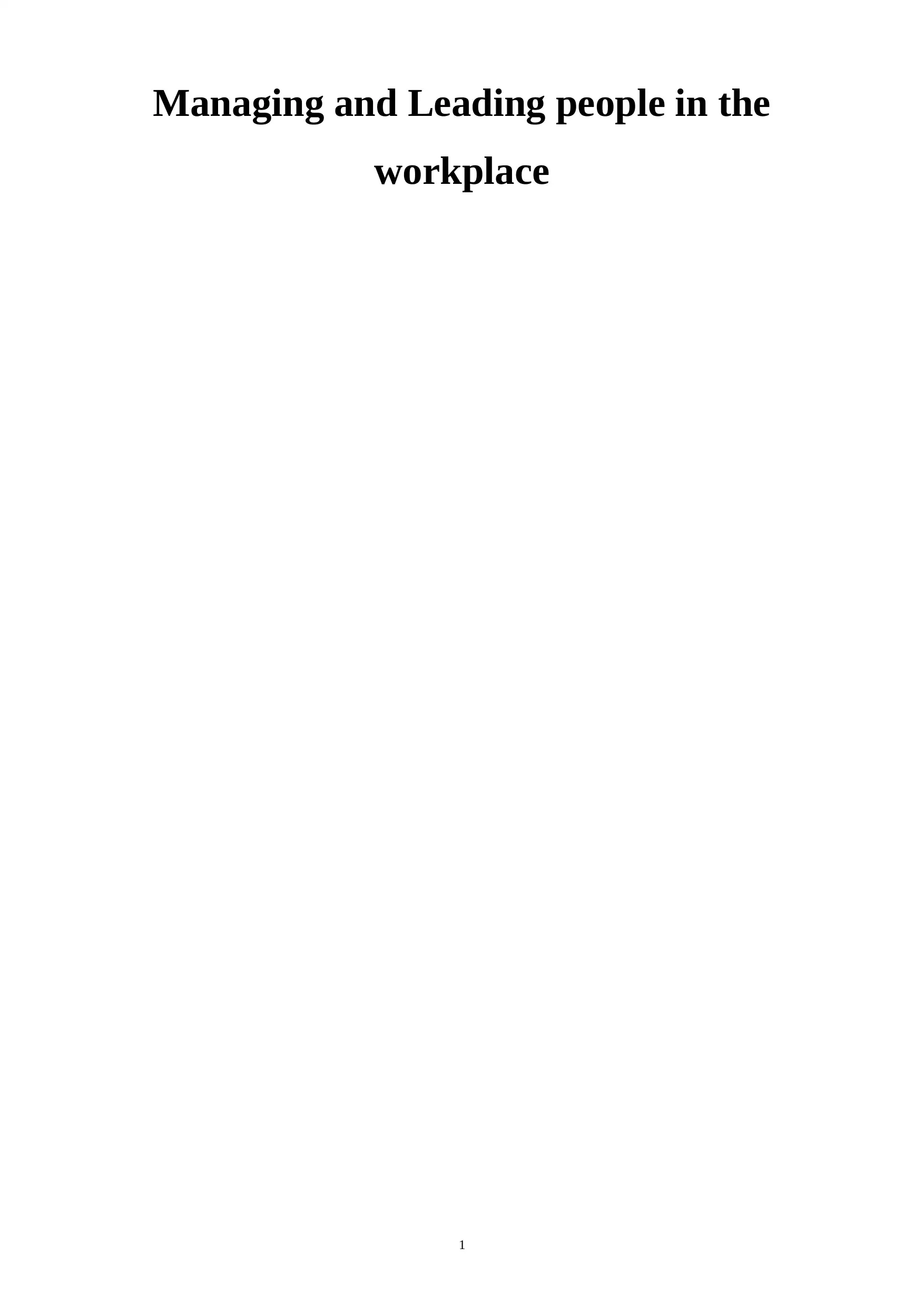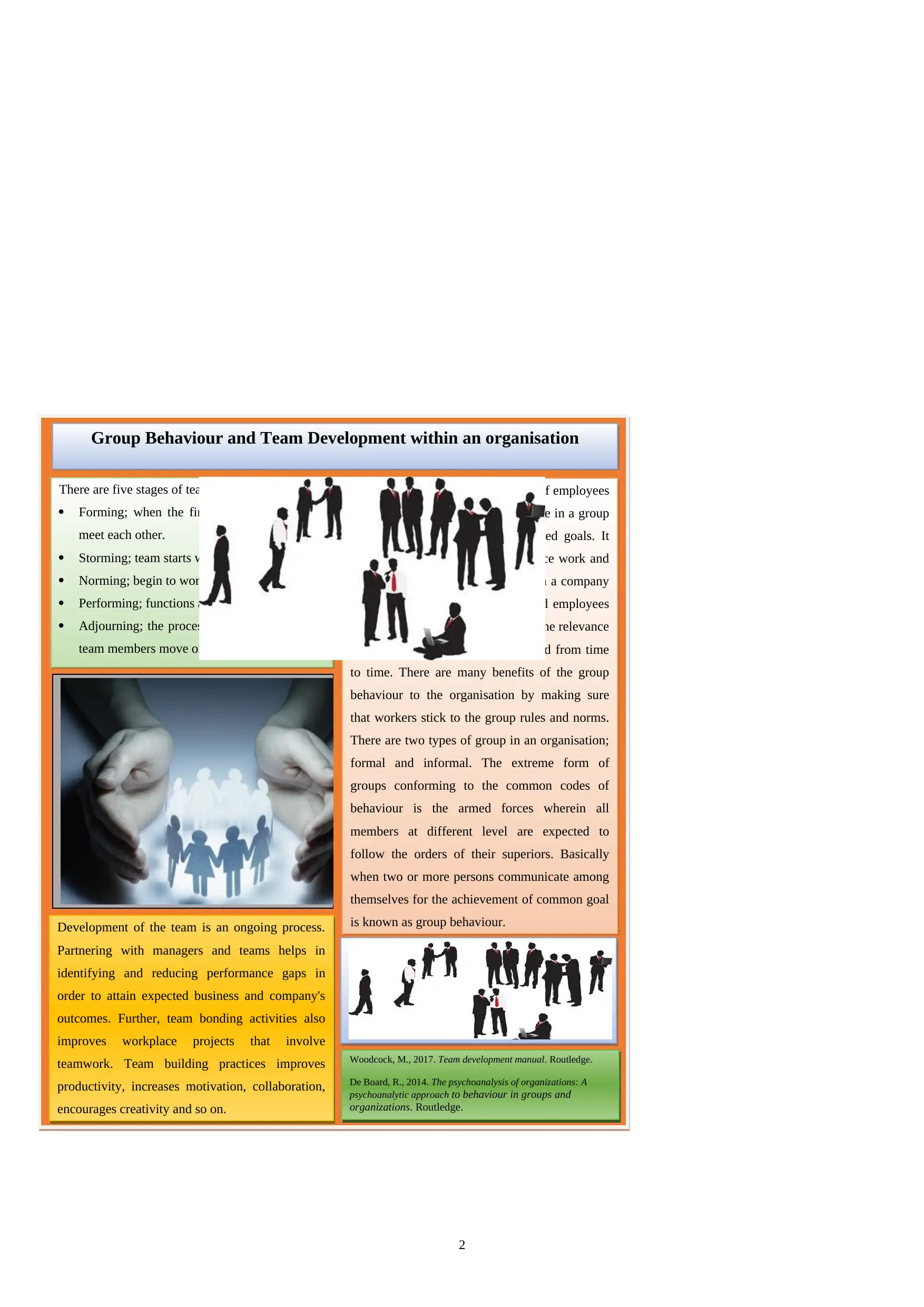Report on Team Development and Group Behaviour in the Workplace
VerifiedAdded on 2020/12/31
|4
|662
|41
Report
AI Summary
This report examines the dynamics of team development and group behaviour within an organizational context. It begins by outlining the five stages of team development: Forming, Storming, Norming, Performing, and Adjourning, emphasizing the ongoing nature of this process. The report highlights the importance of team building activities and their positive impact on productivity, motivation, and collaboration. It then delves into the significance of group behaviour, discussing how it influences work and adherence to norms, and the distinction between formal and informal groups. The analysis underscores the importance of group behaviour in ensuring that workers adhere to established rules and norms. References to Woodcock (2017) and De Board (2014) are included to support the analysis.
1 out of 4










![[object Object]](/_next/static/media/star-bottom.7253800d.svg)